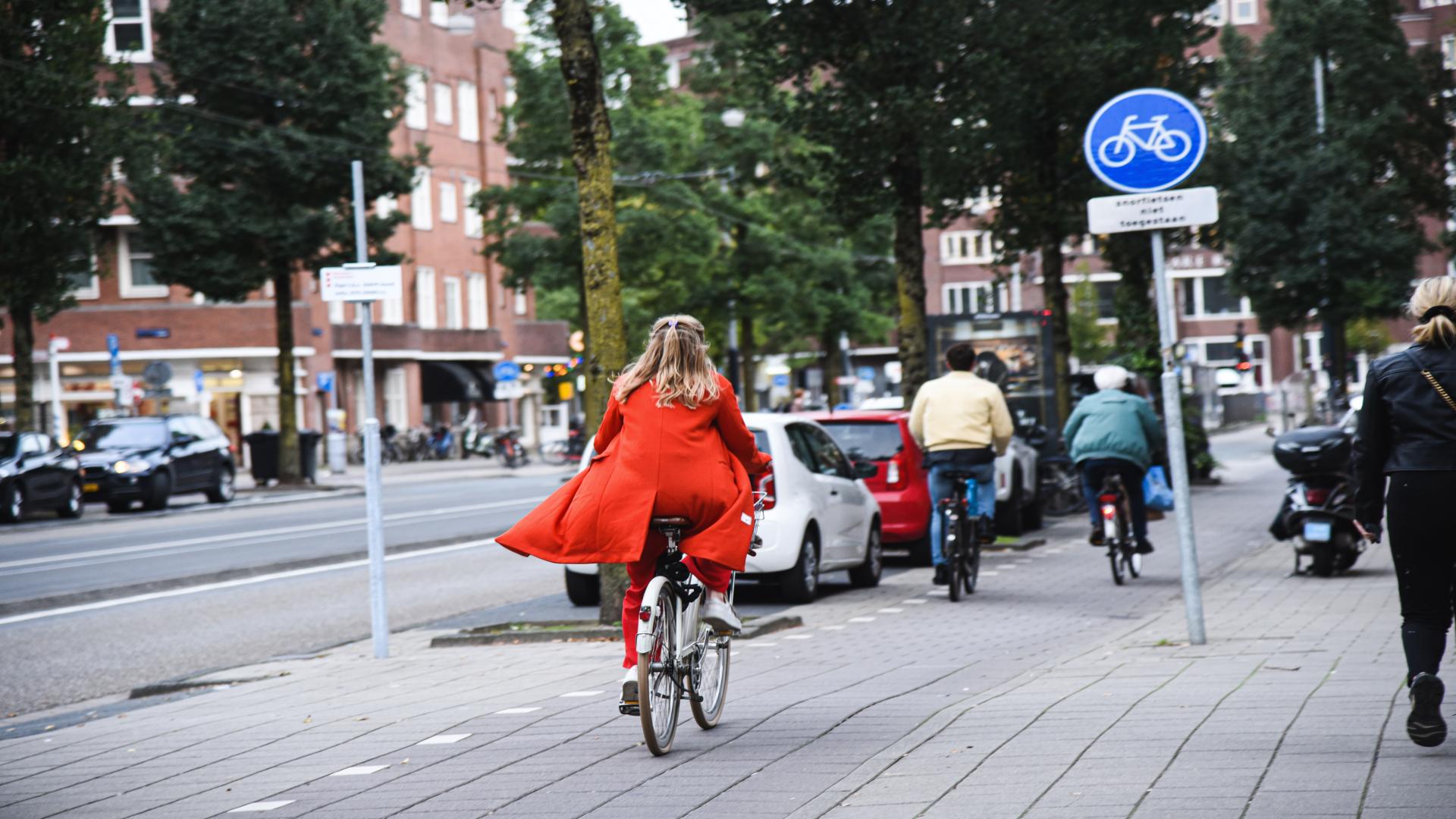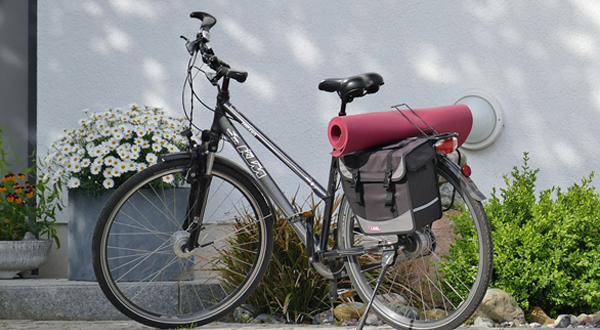The Impact of Electric Vehicle Kits on Urban Mobility
With the advancement of technology and the growing pursuit of green travel, electric vehicles have become an important part of modern urban transportation. The introduction of electric vehicle kits has not only improved the performance and convenience of electric vehicles but also significantly influenced urban mobility and the overall transportation ecosystem. This essay will explore the specific impact of electric vehicle kits on urban travel.

1. Enhanced Functionality and Adaptability of Electric Vehicles
Electric vehicle kits, which typically include high-efficiency batteries, intelligent control systems, lightweight frames, and multifunctional accessories, have greatly improved the overall performance of electric vehicles. For example, in the past, the range of electric vehicles was limited, but with the widespread use of efficient lithium batteries, the range has significantly increased, reducing the need for frequent charging. This makes electric vehicles an ideal choice for both short and medium-distance travel in cities. The inclusion of intelligent control systems has also improved safety and handling, allowing real-time monitoring of battery levels, speed, and vehicle status, thereby reducing traffic accidents.
Additionally, many electric vehicle kits come with anti-theft features, such as GPS tracking and remote locking, providing peace of mind when parking in public spaces. These features collectively make electric vehicles not just a simple mode of transportation but a smart, safe, and convenient travel option.
2. Promoting Green Transition in Urban Travel
As global climate issues intensify, reducing carbon emissions has become a global consensus. Electric vehicles, as clean energy transportation, have become a key force in promoting green travel. Compared to traditional fuel vehicles, electric vehicles produce zero emissions and generate low noise, thus having a smaller impact on the urban environment. The technological advancements in electric vehicle kits have made more people willing to choose electric vehicles for daily commuting.
Especially in large cities, where traffic congestion and air pollution are severe, electric vehicles, as flexible, small-scale transportation, can effectively alleviate traffic pressure. The widespread adoption of electric vehicles has also driven the development of non-motorized vehicle lanes and charging infrastructure, further improving the environment for electric vehicle usage, creating a positive feedback loop. This not only enhances air quality but also reduces urban dependence on fossil fuels, pushing cities toward low-carbon, sustainable development.
3. Diversifying Urban Travel Options
The development of electric vehicle kits has not only improved vehicle performance but also diversified the types and uses of electric vehicles. For example, electric scooters and electric bicycles cater to different travel needs. For young people, electric scooters are lightweight, stylish, and suitable for short-distance travel, while for older adults, electric bicycles are more stable and comfortable, making them ideal for short to medium-distance trips.
Moreover, electric vehicles are increasingly used in the sharing economy. Many cities have introduced shared electric bicycles and scooters, allowing residents to enjoy the convenience of electric travel without purchasing a vehicle. This shared model reduces personal travel costs while decreasing idle vehicle rates and resource waste, thereby improving overall urban travel efficiency.
4. New Challenges for Urban Traffic Planning
While the widespread use of electric vehicle kits has brought convenience and environmental benefits, it also poses new challenges for urban traffic management. For example, with the increasing number of electric vehicles, the planning and management of non-motorized lanes have become more complex. Some cities, lacking sufficient bike lanes, have seen conflicts between electric vehicles, pedestrians, and cars, increasing the risk of accidents.
Furthermore, the infrastructure for charging electric vehicles still needs improvement. In many cities, the number and distribution of charging stations are insufficient, leading to difficulties in charging for users. Addressing how to reasonably plan electric vehicle parking spaces, charging stations, and other supporting facilities in urban transportation planning will be a key issue for future city managers.

Conclusion
The rapid development and widespread use of electric vehicle kits have significantly impacted urban travel. They have enhanced the functionality of electric vehicles, promoted the transition to green urban transportation, diversified travel options, and posed new challenges for urban traffic planning and management. As technology continues to advance and urban infrastructure improves, electric vehicles and their kits will play an increasingly important role in future urban mobility, driving cities toward smarter, greener, and more efficient transportation systems.
- linkedin https://www.linkedin.com/feed/update/urn:li:activity:7237353248615993344/
- quora https://www.quora.com/profile/Lvbu-Tech/The-Impact-of-Electric-Vehicle-Kits-on-Urban-Mobility-With-the-advancement-of-technology-and-the-growing-pursuit-of-gre
- medium https://medium.com/@lvbuwheel/the-impact-of-electric-vehicle-kits-on-urban-mobility-a3b01b911ccc
- slideshare https://www.slideshare.net/slideshow/the-impact-of-electric-vehicle-kits-on-urban-mobility-8599/271599349




